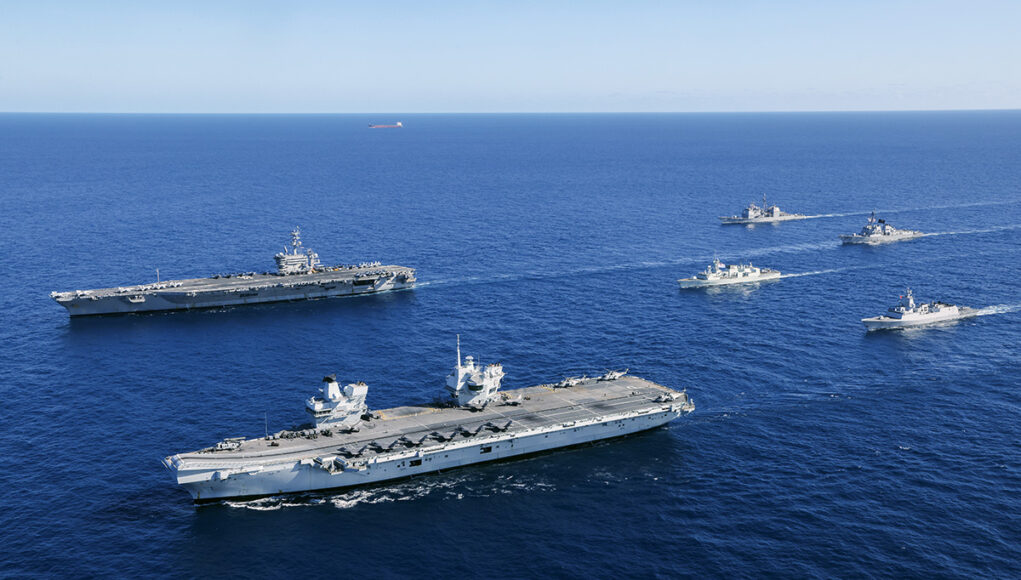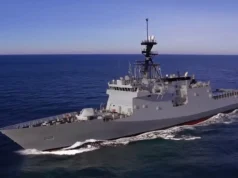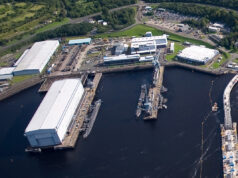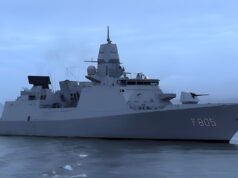NATO defence expenditure is projected to hit historic levels this year, according to figures released by the Alliance on 28 August.
The latest report, Defence Expenditure of NATO Countries (2014–2025), shows that total Allied spending is expected to reach 1.59 trillion US dollars in 2025, measured at current prices and exchange rates. Adjusted for inflation, that equates to 1.40 trillion US dollars in constant 2021 dollars.
The data, compiled from reports by Allied defence ministries and harmonised with economic forecasts from the European Commission, IMF, and OECD, highlights both the scale and uneven distribution of NATO’s defence burden.
The United States remains by far the largest contributor, with estimated spending of 980 billion dollars, while European Allies and Canada together will spend just over 608 billion dollars.
The report stresses that NATO’s expenditure definition can differ from national accounting, noting that the figures may diverge from those published in national budgets or cited in media reports. Equipment spending includes not only procurement of major systems but also related research and development, while personnel costs extend to pensions.
Looking at defence spending as a share of GDP, NATO’s European Allies and Canada are expected to spend an average of 2.27 per cent of GDP on defence in 2025, surpassing the 2 per cent guideline. NATO as a whole is projected to spend 2.76 per cent of GDP.
The figures underscore the growing shift within the Alliance, as European members accelerate investment in their armed forces. Poland, for instance, is set to spend 4.48 per cent of GDP, the highest proportion among NATO members, while several Nordic Allies, including Norway and Denmark, are on track to exceed 3 per cent.
These increases reflect both national rearmament plans and collective pressure to meet NATO’s defence spending commitments in the wake of Russia’s war against Ukraine and ongoing global instability.














How much of that is down to the inclusion of what used to be “non defence related” spending?
hopefully that number will be enough to shut the Americans up
American defence spending includes it’s own global geopolitical interests. It spends more of it’s budget in Asia than it does on NATO. Total defence spending can be misleading in that regards. Especially when the likes of the BBC presents it as NATO spending, which it is not.
They also include a lot of things that are under different budgets for most European countries ie. veterans healthcare.
I would like to see a comparison based on a commonly agreed criteria.
100% false. The VA is not in the DOD budget. Including it would raise US defense spending to 1.3 trillion, more than double the EU and Canada combined.
Hopefully Europe can de-risk from the US in the process.